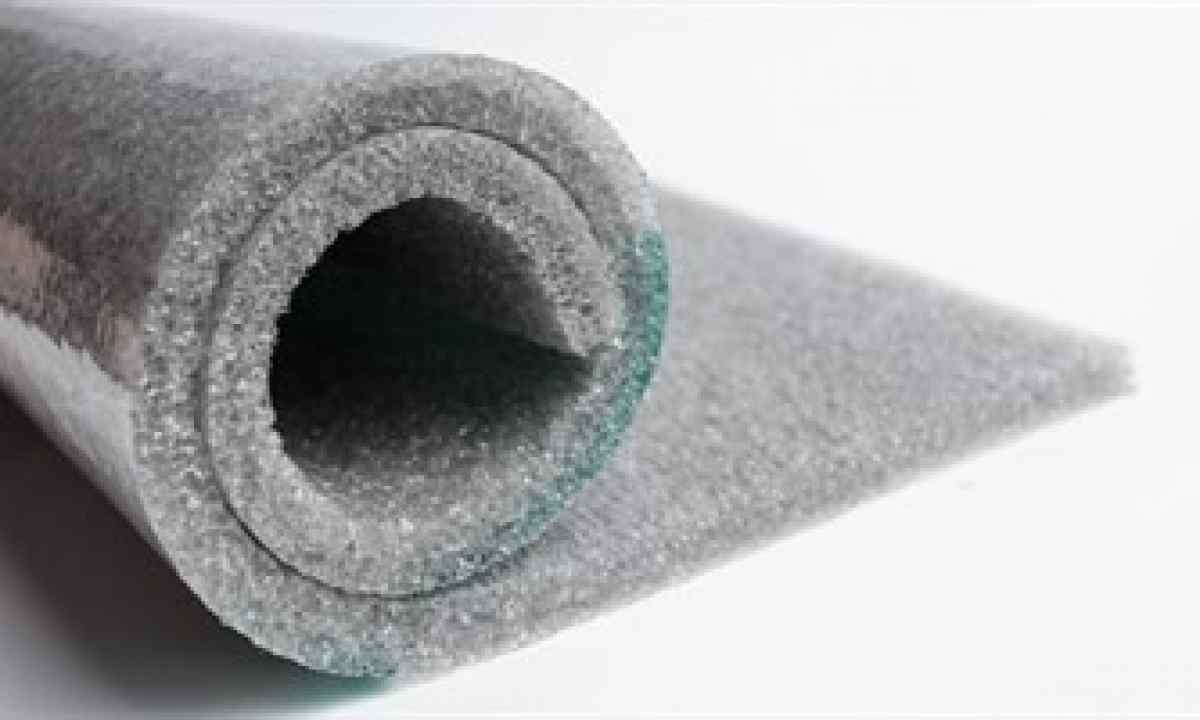Vibration insulation is used in construction, priborough- and mechanical engineering for protection against harmful effects of vibration. For this purpose between objects enter additional layer of materials.
It is required to you
- Vibronet or any other anti-vibration material on glue basis, the assembly hair dryer, primer.
Instruction
1. At construction it is necessary to protect structures of the building from harmful effects of vibrations of plumbing, sanitary and any other system. It can be refrigerating or vent systems, pipes, elevators, etc. According to the construction plan and requirements of safety measures, define what surfaces need to be pasted over with vibration insulation.
2. Ground surface which needs to be pasted over with anti-vibration material. It is especially important if the vibrating surface metal. All rusts and roughnesses can provoke oxidation of materials and their premature destruction. Therefore they need to be zashkurit before processing.
3. Choose material for vibration insulation. To learn what amount of material is required to you, determine the surface area which needs to be pasted over. For safety evenly paste over with anti-vibration material only 50% of surface. It is possible to glue in chessboard order, strips - what there will be enough imagination for. But it is possible to paste over also all surface.
4. Dry the pasted material by means of the assembly hair dryer. At first sight can seem that material has already strongly stuck to surface, but drying is obligatory. There are options when the glued surface is filled in with epoxy glue. But, in principle, it is optional.
5. Vibration insulation is often combined with noise isolation. Before closing surfaces rolling shutters or gypsum cardboard, lay one more or two layers of the isolating material.

